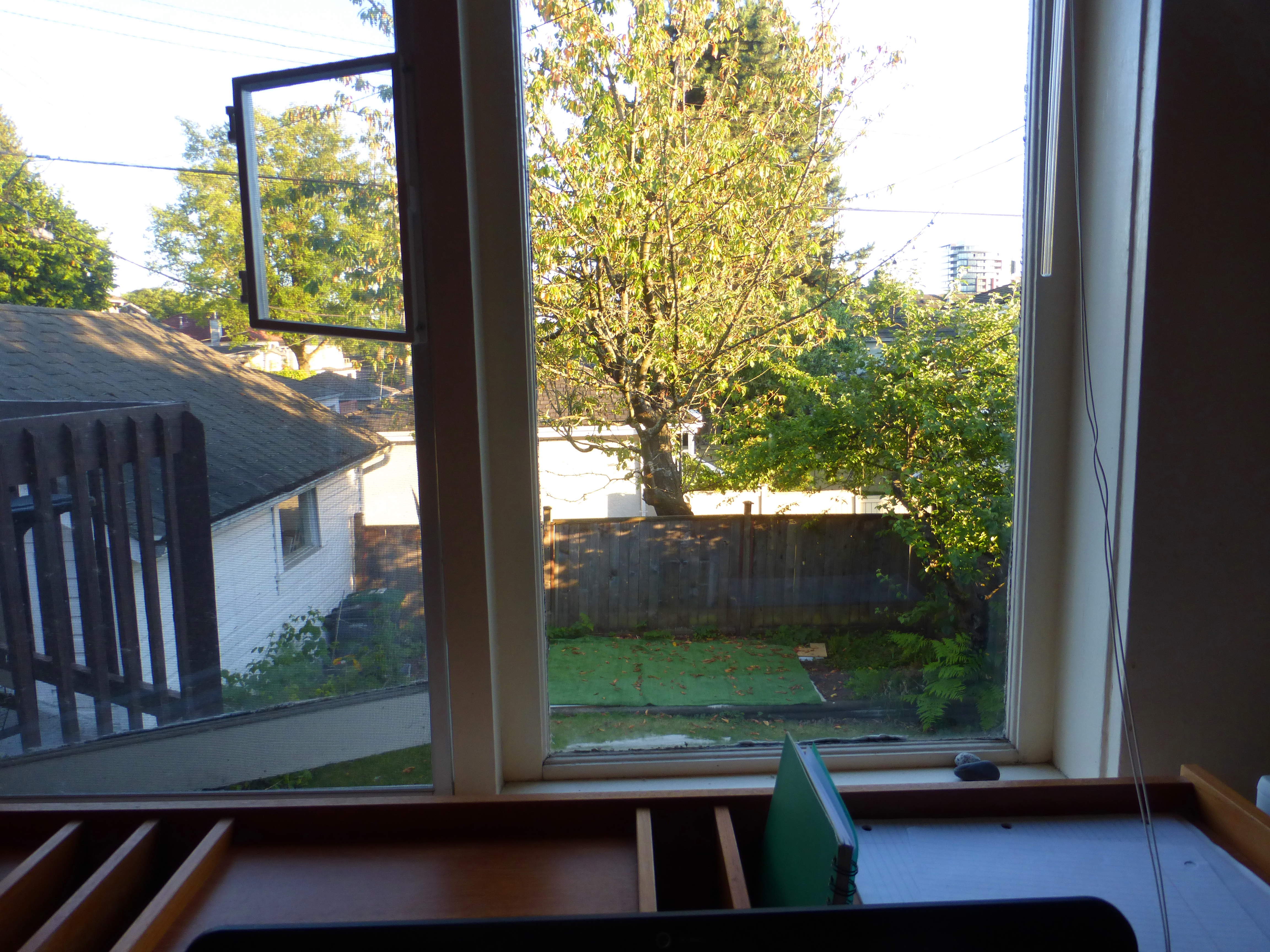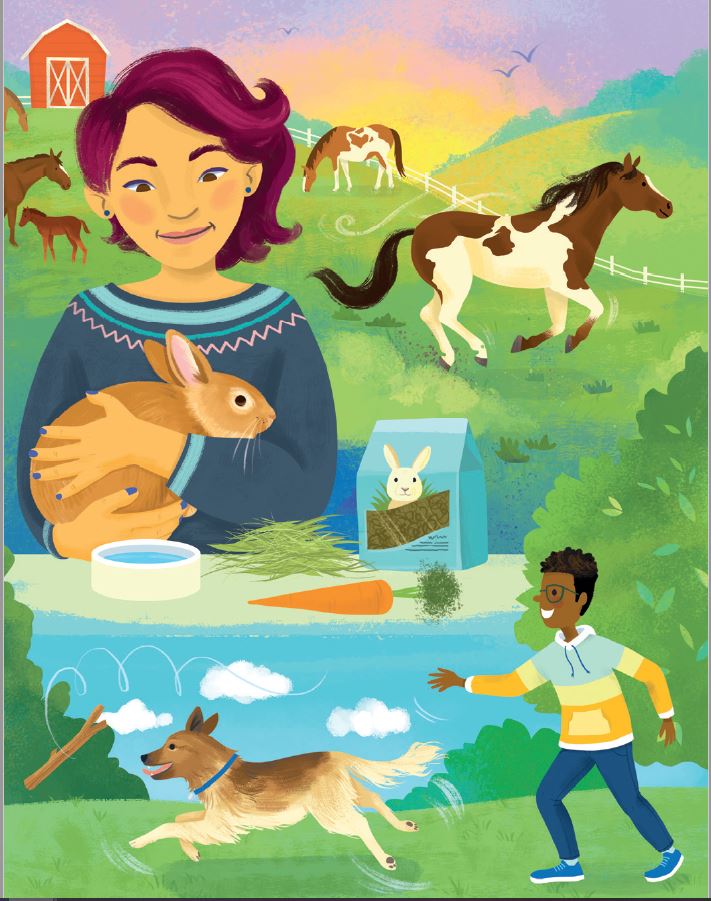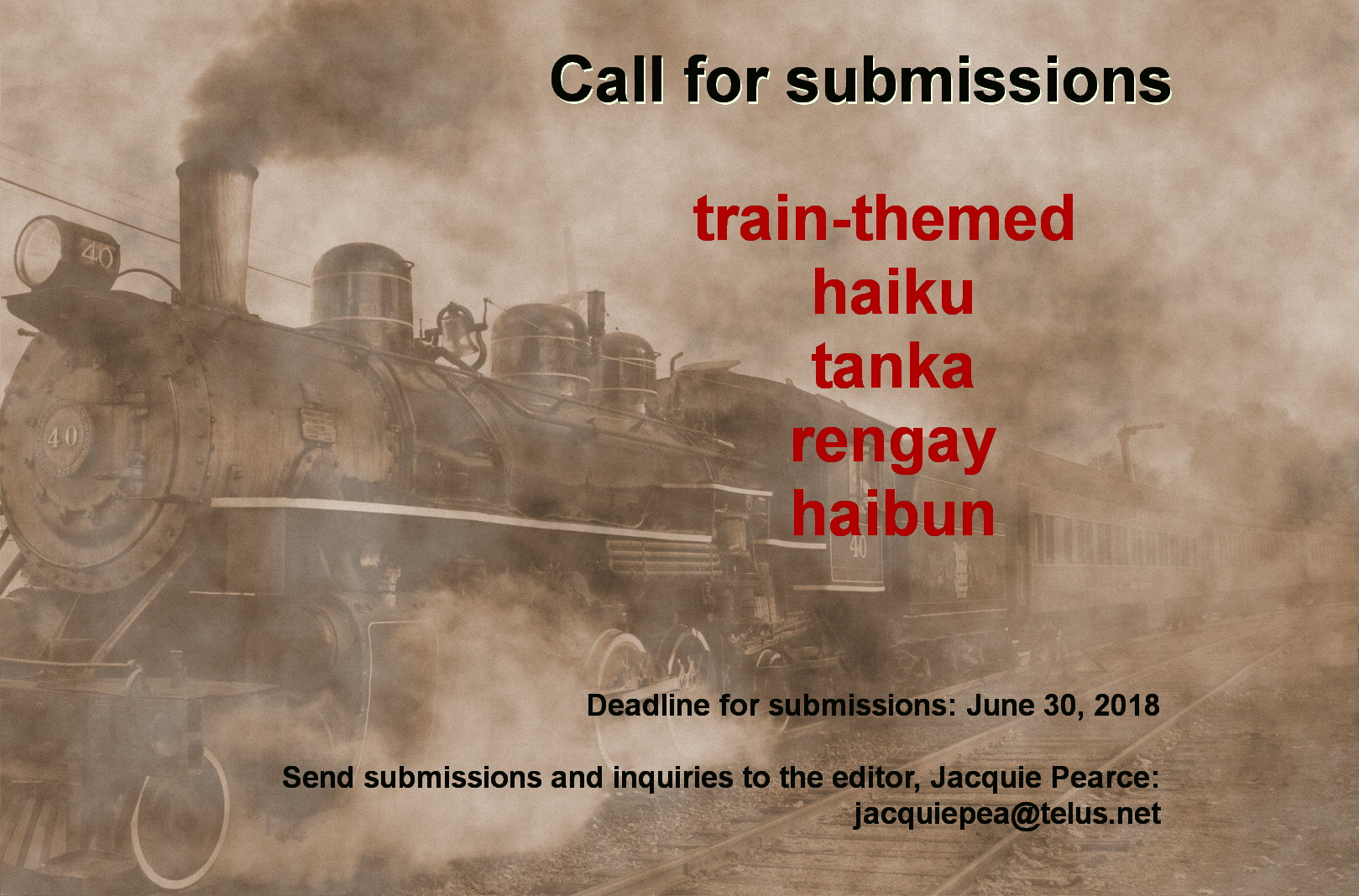For me, 2017 has been a year connected to Joy Kogawa House.
Historic Joy Kogawa House is the childhood home of Canadian author Joy Kogawa, who wrote the ground-breaking novel Obasan, a fictional story based on Joy’s memories of being interned as a child during WW II, along with thousands of other Canadians of Japanese descent. Located in the Marpole neighbourhood of Vancouver, the house was built in 1912-13. Joy and her family lived there from 1937 until they were interned in 1942. During the war, the house was confiscated and sold, and Joy’s family was not able to return to Marpole. Years later, however, Joy lent her support to a community campaign that saved the house from demolition. Today, the house is a space for author residencies, literary events, as well as remembering the injustices experienced by Japanese Canadians during the Second World War, and moving toward healing and reconciliation.

Joy and her brother at the front (west side) of the house c. 1938
I was grateful to be offered a writing residency at the house, which was initially planned for February. Since February is National Haiku Writing Month (the shortest month of the year for the shortest form of poetry), and haiku is one of my passions, I decided to focus on haiku, and to partner with the Vancouver Cherry Blossom Festival (VCBF), preparing for the spring blossom celebration and the festival’s international haiku contest. Plans shifted slightly, and rather than staying at the house in February, I organized a poetry reading and haiku workshop, and worked with the VCBF on koinobori scale-painting activities in preparation for Sakura Days Japan Fair without staying at Joy Kogawa House (which I was able to do since I live in the Vancouver area). (More on these activities in an earlier blog post.)

February poetry reading, plus haiku workshop & koi scale painting
In May, I visited the house for a reading and performance of “A Suitcase full of Memories” by Joy Kogawa and Soramaru Takayama of Japanese Poets North of 49, and was delighted to meet and briefly chat with Joy afterwards.
In July, I was able to live at the house and work on my own writing projects, finishing a verse novel for children, and co-editing an anthology of haiku poetry written by members of the Vancouver Haiku Group. I started the month by hosting a book-making workshop given by poet and book artist Terry Ann Carter from Victoria, which brought together many creative people, and was an inspiring kick-off to my in-house residency. Staying at the house by myself gave me time and space to focus on writing without my usual distractions, making a big difference to my writing pattern and productivity. I also enjoyed the opportunity to explore and get to know the Marpole neighbourhood, including its tree-lined streets, housing mix, history, and changing local culture, and to relax in the peaceful stillness of the backyard where a young Joy Kogawa once played.

I returned to the house to live and work at the end of August, and also hosted a presentation by my friend and colleague Jean-Pierre Antonio, a professor at Suzuka University in Japan, who gave us a fascinating account of the life of Japanese immigrant Masayuki Yano through the translation of Mr. Yano’s pre-WW II diaries.

At the end of September, my haiku activities at the house concluded with the hosting of An Evening of Japanese Poetic Forms: from the Tokaido Road to the World Stage, with Terry Ann Carter reading from her new book of haibun (prose with haiku), Tokaido (Red Moon Press), Rachel Enomoto sharing haiku, and Kozue Uzawa reading tanka and leading participants in a short tanka-writing workshop.

An Evening of Japanese Forms, a Word Vancouver event (with thanks to Tracey Wan for the bottom right photo)
In early November, Joy Kogawa returned to the house to read from her children’s picture book, Naomi’s Tree, which was a treat for all of us who came out to listen and celebrate the old cherry tree in the laneway behind Joy Kogawa House. The tree now has a plaque, encouraging people to seek it out on their neighbourhood walks.
So now, I seem to have come full circle, enjoying the house in each season, and again, looking ahead to early spring when the cherry blossoms will bloom again.

My workspace while in residence at Joy Kogawa House (looking out at the old cherry tree behind the back fence)
To close, here are a few simple haiku written during my stay:
no need
for an alarm clock
early morning crows
picking the last
ripe raspberry
evening robin
And from my evening walk past the elementary school young Joy Kogawa attended:
fading daylight
the empty swing
still swinging



















